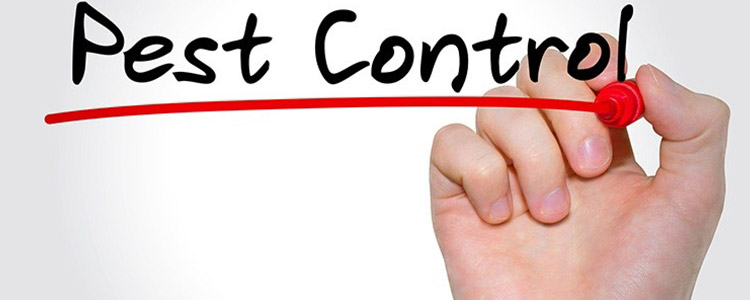
Termite Foaming Treatments
Welcome to Find My Pest Control Directory Find My Pest

Nest Sites/Characteristics: White-footed ants are found in Florida, Hawaii and isolated areas of California. This species may be spread to other warm southern regions of the United States on infested goods and plants.
White-footed ants nest in a variety of locations, and colonies can contain one million or more adults. These ants like to nest in dead wood, but will also invade and short out air conditioners. They nest in piles of lumber, firewood, stones, bricks,trash and heavy vegetation at foundations or in trees. Indoors, they nest in wall voids, potted plants and atriums. A single colony can encompass many sites,both close by and far away from a single nest. These extended colonies exchange workers, brood and food.
White-footed ants establish well-defined, easy-to-find foraging trails outside infested buildings. Trails commonly follow structural guidelines, such as edges of sidewalks, edges of brick buildings, ledges and soffit corners. Foragers often move into buildings from trees and shrubs touching walls or roofs. Once inside, workers forage along baseboards above and below carpet edges.
Feeding Preferences: White-footed ants prefer sweets. Outdoors, they feed on honeydew and tend aphids, mealybugs and scales. Trophallaxis
(cross feeding) has not been observed in this species. Because of this, baiting programs will not be effective as a stand-alone management program.
Control: Complete elimination of established white-footed ant infestations is difficult. Regular inspections and/or treatments are necessary for control.
Cultural controls (sanitation, harborage elimination and exclusion) or chemical control that eliminates honeydew sources should be considered.
• For ant colonies in soil, mulch or under items, treat each colony using Temprid SC, Tempo or Suspend.
• For ant colonies in wall voids, drill and inject a dust, such as Drione or Tempo, or inject voids with Premise Foam. Access wall voids via cracks and crevices, electrical outlets and plumbing installation holes.
• To treat colonies living behind brick and stone veneer, drill through mortar joints and dust.
• Perimeter treatments with a residual insecticide may only provide temporary relief and compound the infestation.
Target likely nesting sites with granular, dust or residual sprays. Apply a systemic insecticide such as Temprid SC around or onto plants to control honeydew-producing insects.
• Maxforce Quantum is the bait of choice for white-footed ants. Treat foraging trials and suspected areas of ant activity.